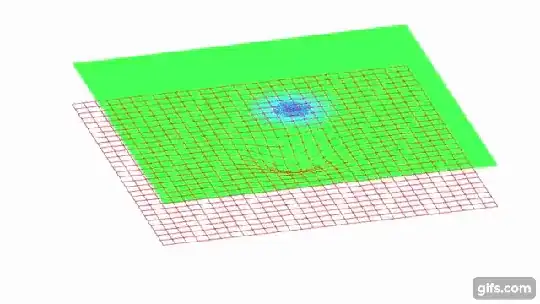Here is an answer by an experimentalist:
Quantum field theory is a necessary mathematical tool in order to be able to calculate interactions between elementary particles , as defined presently in the standard model of particle physics.
This introduction in the wiki article is sufficient for a broad picture.
In theoretical physics, quantum field theory (QFT) is the theoretical framework for constructing quantum mechanical models of subatomic particles in particle physics and quasiparticles in condensed matter physics. QFT treats particles as excited states of the underlying physical field, so these are called field quanta.
For the QFT of particle physics, each particle/quantum-mechanical-entity in the table defines a field, a photon field, an electron field etc which covers all the phase space. This field is the ground state of the corresponding free particle solution of the appropriate equation, the Dirac for the electron, the quantized Maxwell for for the photon etc . These fields acquire a physical meaning when operated with the number operator, which is a differential operator and creates or annihilates a particle at that (x,y,z,t) where the ground state/field is defined.
So in your diagram, if one of the axis is space, the other is time , and when going up to the green level one electron is created with a creation operator, and going down it is destroyed with a destruction operator, and moves to the next time position. A consistent wave packet in (x,t) would move in the x direction like a bump. See the answer here for particles as wavepackets where one has to enter in the mathematics.
The wave nature is evident in the calculated probability distributions for a given reaction, and these show wave behavior because the underlying ground levels on which calculations and expansions are carried out are wavefunction solutions of quantum mechanical equations. QFT is a method of organizing the perturbative expansion which approximates the exact solutions of a scattering problem, but it is based on the postulates of quantum mechanics.
So the wave nature does not come because of QFT structures,but because the QFT mathematical structures are built on wavefunctions. So a similar plot would illustrate the wavepacket nature of particle representations in QFT, but the particle/wave duality comes from the nature of the wavefunctions describing the ground state, on which the quantum field creation and annihilation operators work.
